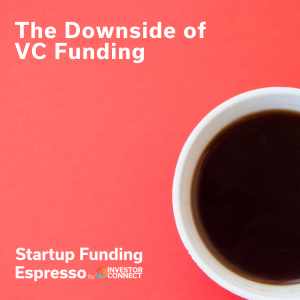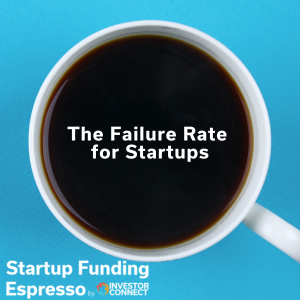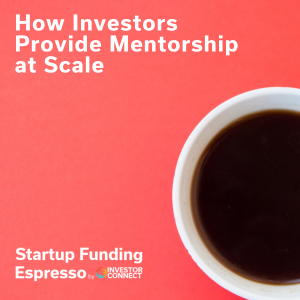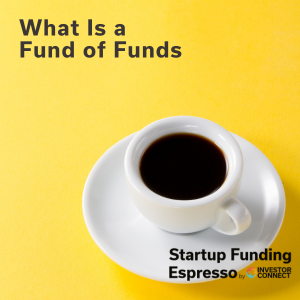The Downside of VC Funding

Venture capital can enable a startup to reach the next level through funding. There are downsides to VC funding. Here’s a list: The founders’ ownership goes down by 20-25% on each fundraising round. The VC model promotes growth over all other strategies. Taking VC money means taking the VC’s business...
The Failure Rate for Startups

The failure rate for startups is high at almost 90%. Here’s a list of reasons why startups fail: The founders underestimate how long it will take to gain traction in the market. The startup runs out of cash. The product fails to find product-market fit. The competition wins the market....
Six Months To Build, Six Months To Sell

Building a minimum viable product or MVP is a key step in a startup launch. After some market research, there’s an ideation step on what to build. The rule of MVPs is that it should take no longer than six months to build and no longer than six months to...
Founder Dilution

Founders raising funding incur dilution. Their ownership stake goes down as they raise more funding. Founders start with 100% ownership. Each round of funding dilutes them by 25% or more. On average, founders own 60% after the pre-seed and seed rounds. After a Series A, they own 45%. After a...
Sizing Your VC Fund

In raising a VC fund, the size of the fund is a key component. Here are the factors that impact the size: The stage of startup. The later the stage, the larger the fund size. Sectors targeted. Some sectors, such as life science, will require larger check sizes. Percent ownership...
How Investors Provide Mentorship at Scale

Startups seek out investors not only for funding but also mentorship. Most pitch sessions are valuable not because they raised funding, but because they provided feedback to the founder. The challenge for investors providing feedback is that it most often comes in a one-on-one format. For investors to be effective...
How To Analyze AI Startups

Artificial intelligence-based startups continue to grow and increase. Investors funding AI companies should look for the following: Market size. New markets can be difficult to measure. For brand new categories, calculate the number of users in the market and how much they will spend on an AI solution. For existing...
The Importance of Unit Economics

The unit economics of a startup determine its success. The stronger the unit economic case, the higher the margins, the faster the company grows. In analyzing a startup, measure the unit economics regarding customer acquisition cost and lifetime value. Calculate it at the unit level to understand the health of...
What Is a Fund of Funds

Unlike most venture capital funds that invest in startups, a fund of funds invests in other funds that invest in startups. Instead of investing in multiple funds, an investor can gain diversification by investing in a fund of funds. As with all good VC funds, there’s limited availability for investors...
The Fallacy of Stealth Mode

Startups often choose to stay in stealth mode in the early days to protect their idea. In most cases, stealth mode doesn’t help the startup and can actually hurt it. Here’s the downside of going into stealth mode: It’s difficult for others to help the startup because they don’t know...












